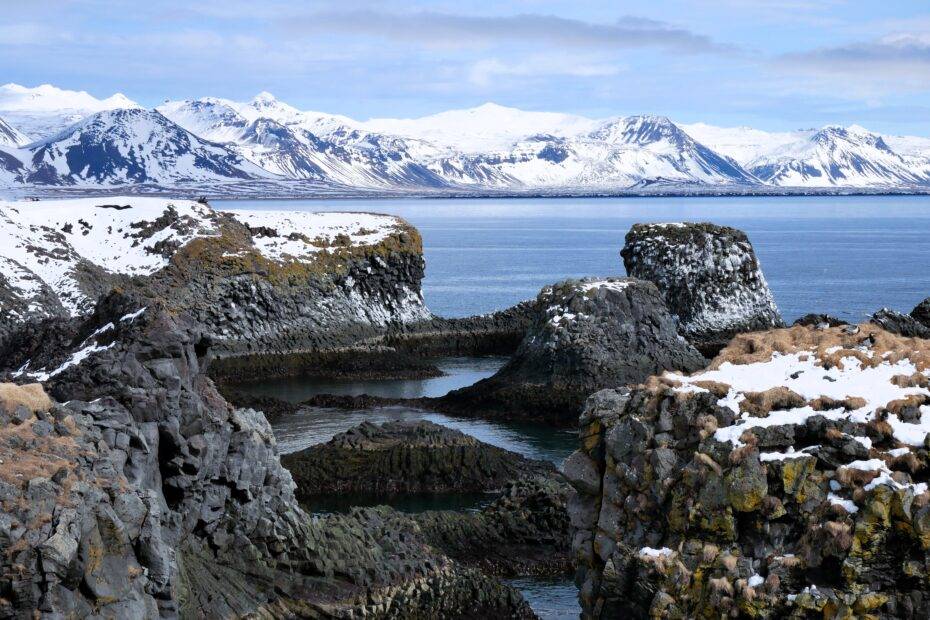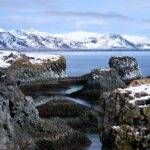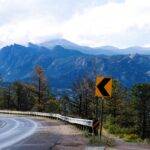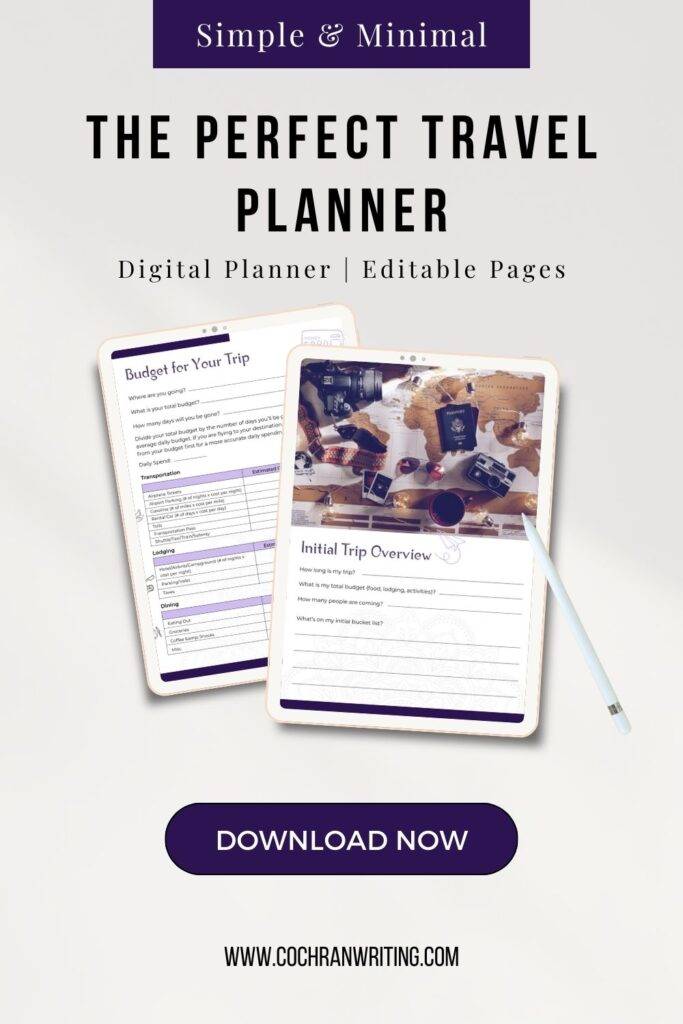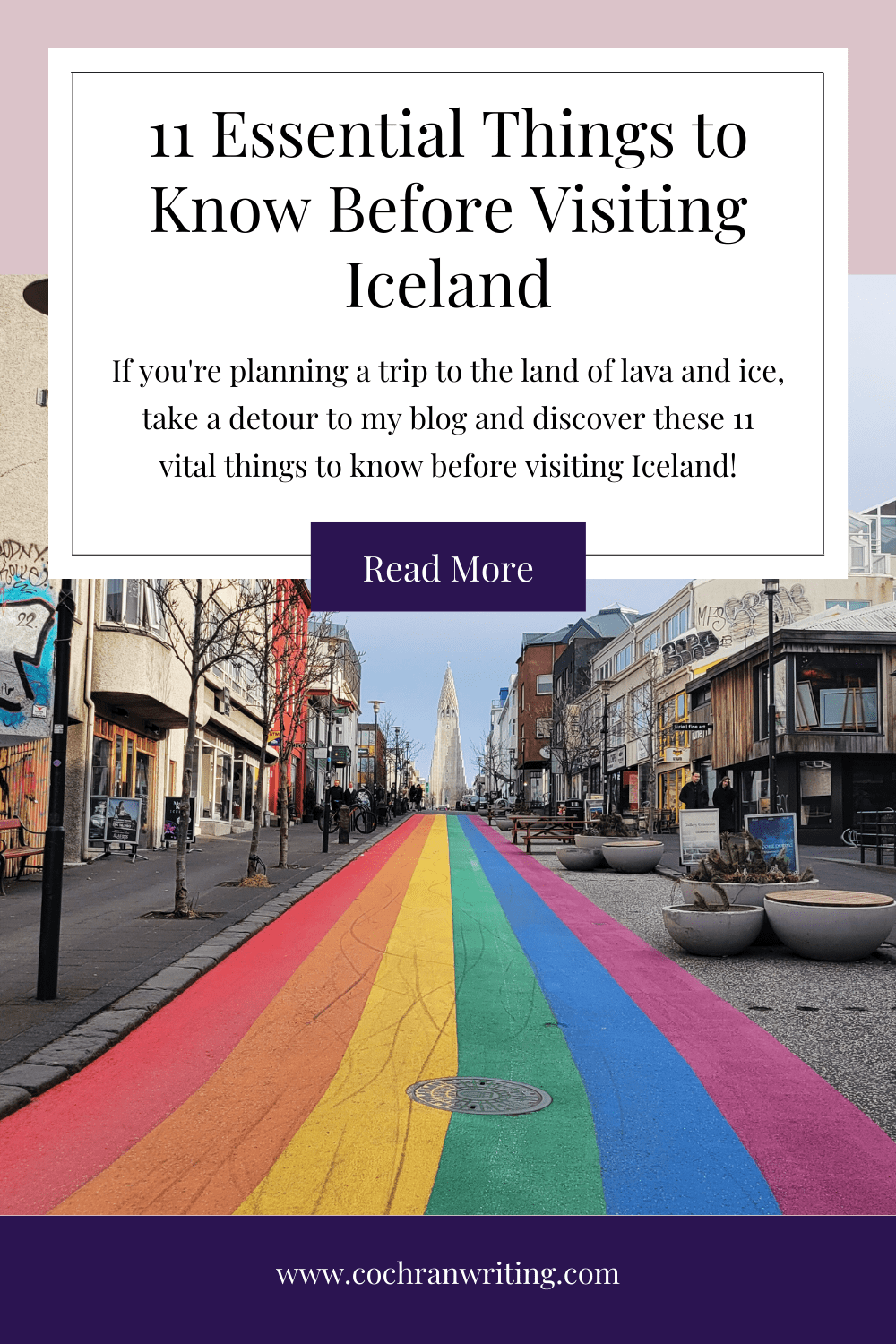It’s officially been a week since we returned from our magical trip to Iceland, and I’m already plotting round 2! Despite the freezing temps, Iceland was just as beautiful and awe-inspiring as I hoped it would be, so I can only imagine what a wonderland it is during the summertime!
We spent a full week exploring this gorgeous country, from the streets of Reykjavik to the snow-capped mountains and black-sand beaches, and I have so much to share. But I wanted to kick off this new series with some lighthearted but helpful information to know about Iceland as a whole.
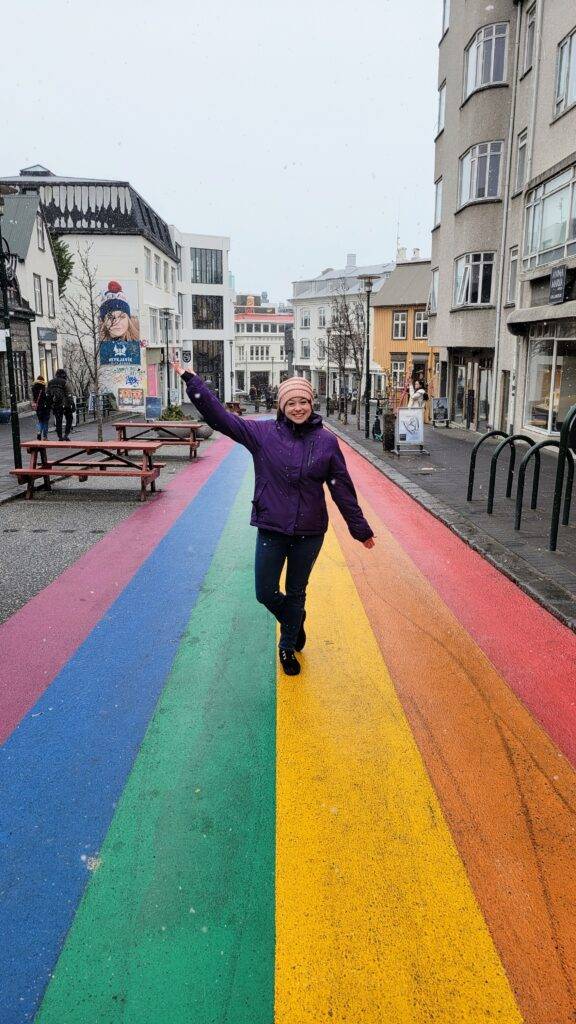
If you’re planning a trip to Iceland anytime soon, keep these in mind as you review other information from me and other internet sources to ensure you’re as prepared as possible for the perfect trip.
11 Things to Know Before Visiting Iceland
1. Layers are Key
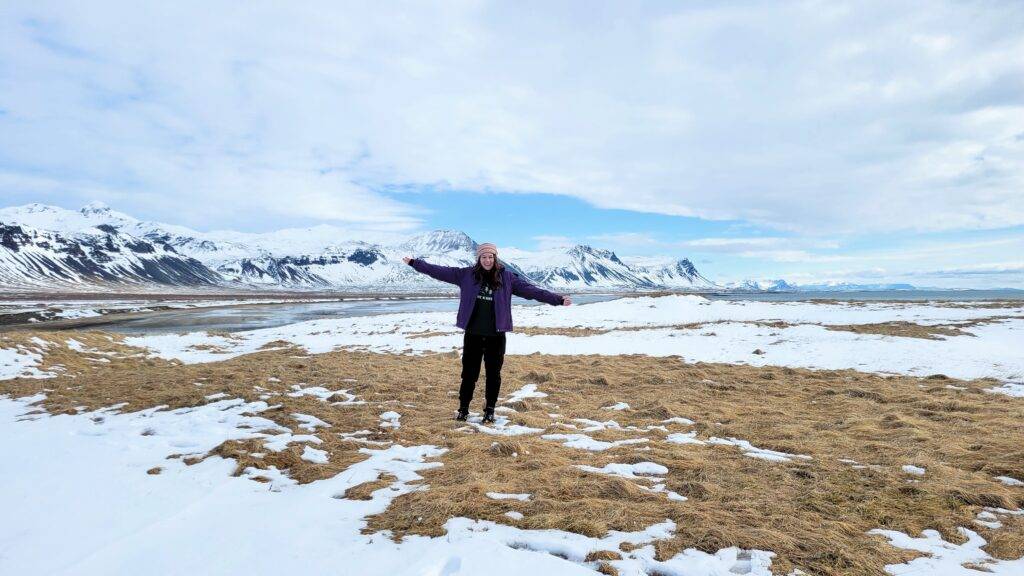
It doesn’t matter what time of year you visit Iceland—you’ll want plenty of layers. The weather is notoriously fickle, and it’s not uncommon to go from fairly clear skies to a storm in a matter of minutes. Also, Iceland has almost no humidity, so evenings can be chilly year-round once the sun disappears.
You’ll always want to have a waterproof outer layer handy, whether that’s a rain jacket or a ski coat, and water-resistant pants certainly don’t hurt either. (Keep in mind that this doesn’t just apply to weather–the waterfalls can drench you in seconds if you stand close.) You also want to consider wind and the overall temperature. We had lots of nice, calm days, and one with winds blasting us at 40 mph—you better believe I was glad I had on two pairs of pants!
For each day, we wore a set of thermals, a pair of water/wind-resistant hiking pants or jeans, a long-sleeve shirt or sweatshirt, a waterproof coat, socks, and waterproof boots. I’ll have a full packing guide coming soon, so stay tuned. In the meantime, you can take a look at some of these items on my Amazon Storefront! (Affiliate link)
So, even if it’s looking like a nice, sunny day where you are, be sure to have layers you can easily put on or off as needed to fit the weather.
2. The Water is Safe to Drink
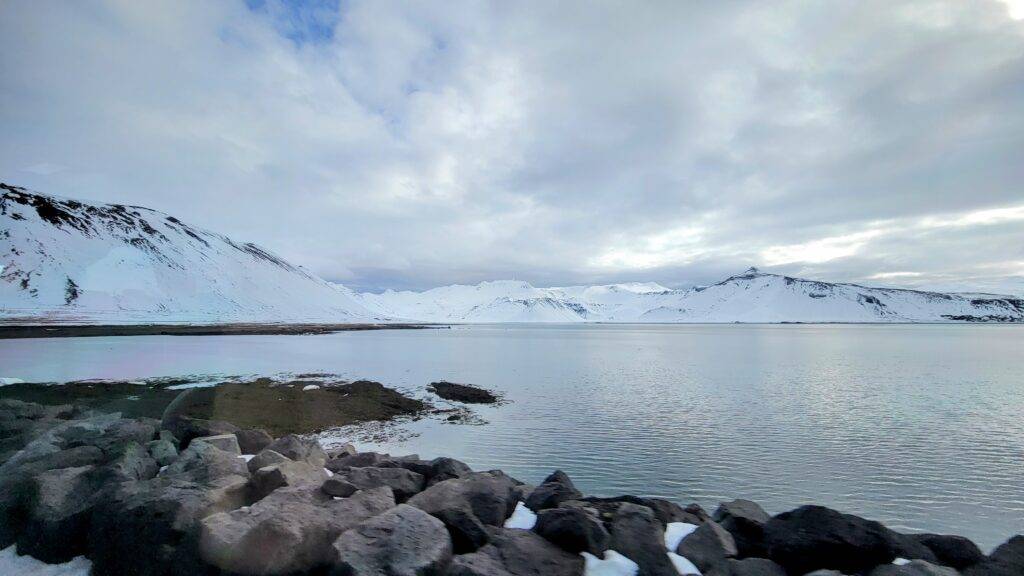
Iceland’s water is some of the purest in the entire world! What you get from the tap or a mountain stream is probably better than anything you’re buying bottled at your local store. With that in mind, be sure to bring a reusable water bottle on your trip and take advantage of all the natural minerals!
Yes, sometimes it smells a bit like sulfur, but don’t let that deter you. Plus, you’ll save tons of money on reusable water bottles–and once you start paying for food here, you’ll be happy for any way to cut costs.
3. They Drive on the Right-Hand Side of the Road
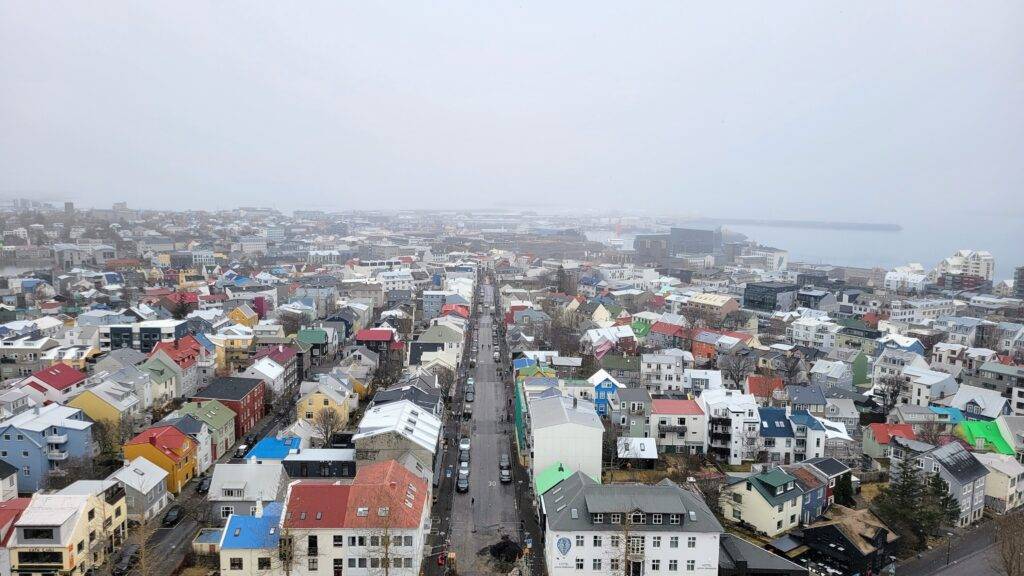
I’m sure I could have googled it beforehand, but I was pleasantly surprised to discover that Icelanders drive on the right-hand side. This may not phase you in the least, but after spending a weekend in Dublin, afraid that I’d look the wrong way and get hit by a car, this was a relief, haha!
We didn’t drive on our own this trip, but this makes me much more interested in returning and doing a cross-country van camping trip! The roads here can be kind of treacherous, depending on the weather. But knowing that we don’t have to worry about road conditions, unfamiliar territory, and new rules of the road makes that sound a lot better all around. With that in mind, there are lots of roundabouts and one-lane streets, particularly around Reykjavik, so just be sure to stay alert!
If you’re considering a trip to Iceland that involves a lot of driving, hopefully, this will help make your decision easier!
4. You Don’t Need Cash in Iceland
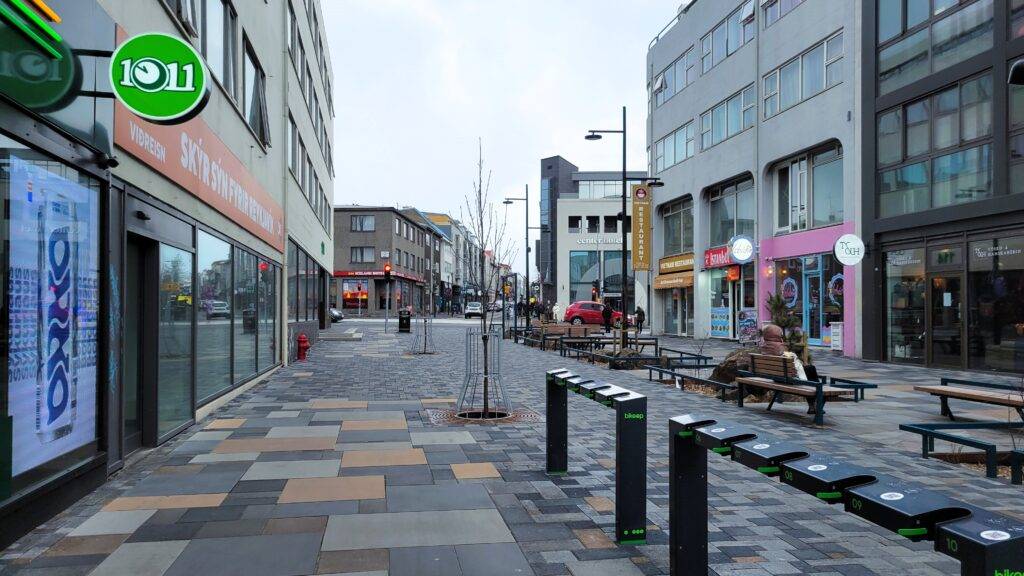
Despite the number of small villages and rugged terrain, Iceland is very modernized. We didn’t run into a single situation where we needed Icelandic krona to pay, which was good because the currency exchange at the airport was closed. The only issue we ran into was using American Express, which makes sense because, well, it’s Europe.
Unfortunately, that meant we incurred a few international charge fees on our other cards. But I have a feeling it was still less than what we’d lose in the currency exchange rates.
Everything is set up to take cards with no problem. To take things a step further, public transportation in Reykjavik, like buses, scooters, and bikes, is all run through apps for even quicker payments and access.
5. Everything is Expensive in Iceland

On the topic of money, let’s talk about expenses. I’m not going to lie: the sticker shock here was bad. (Especially since our last big vacation was to Ecuador, where everything was super cheap!) Because Iceland is an island, they have to import quite a lot of things, which drives up costs. They also just have a more expensive economy.
We’ve gotten pretty good at being budget-friendly on trips while still enjoying ourselves, but this was very hard in Iceland. For example, a hoodie in a souvenir shop typically costs around $75 USD (10500 kr). An Icelandic wool sweater costs between $150-400, and a cappuccino is over $5.
But food is where things get really tough. Most restaurants have fairly limited menus, with items often starting at $20. We spent at least $120 on just soup during the week because that was the cheapest thing on the menu! Granted, it was delicious and hearty. But it was also really discouraging when soup in the US is closer to $10 a bowl.
If you want to save some money, I definitely recommend skipping the restaurants for a night or two and getting food from the local grocery or convenience store to cut some costs. We found some delicious, pre-made sandwiches and wraps for closer to 800 ISK (less than $6), and we substituted those for eating out a few times.
6. The Icelandic Horses Aren’t Wild
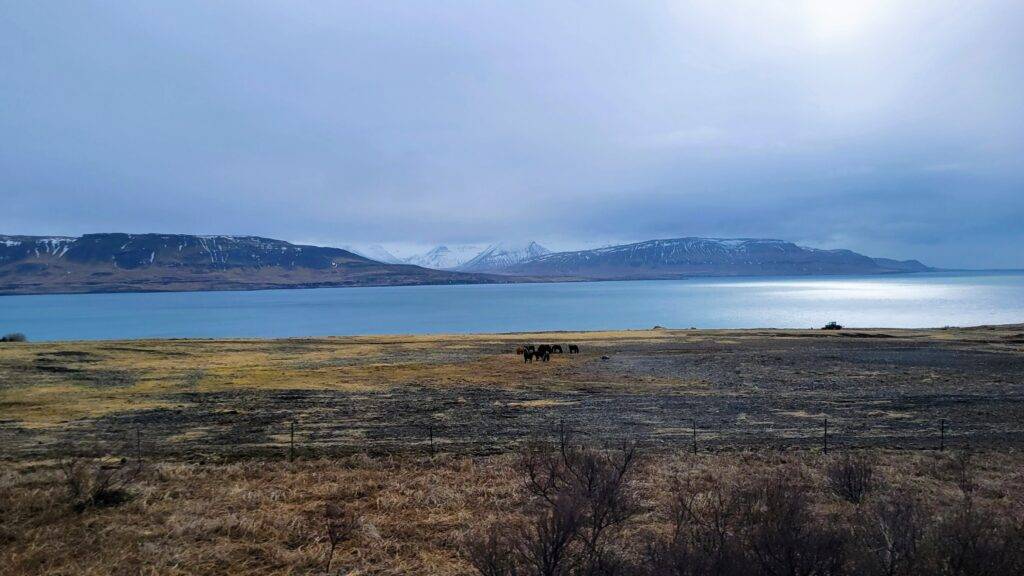
If you’ve seen photos and videos of adorable Icelandic horses running freely over the plains and thought it looked absolutely magical, you’re right. But it turns out these little cuties aren’t actually wild.
During the summer, most Icelandic horses do get to roam free to graze around the countryside. But each has a unique tag or brand. In the fall, they’re rounded up and returned to the owners so they can be cared for in enclosed fields and paddocks during the colder seasons. Many of the horses are also working animals, so they need to be back on the farms to help with daily tasks.
But if you’re afraid you won’t see any horses during the winter, don’t be! We saw thousands of horses during our week-long trip driving through the country. And although they weren’t running freely, they still looked absolutely gorgeous, grazing under the mountains and across the countryside.
And if you do see them running free over the summer, please be respectful and remember that these are someone else’s pets. So don’t antagonize, feed, or try to take them home with you!
7. Iceland Doesn’t Have Mosquitoes
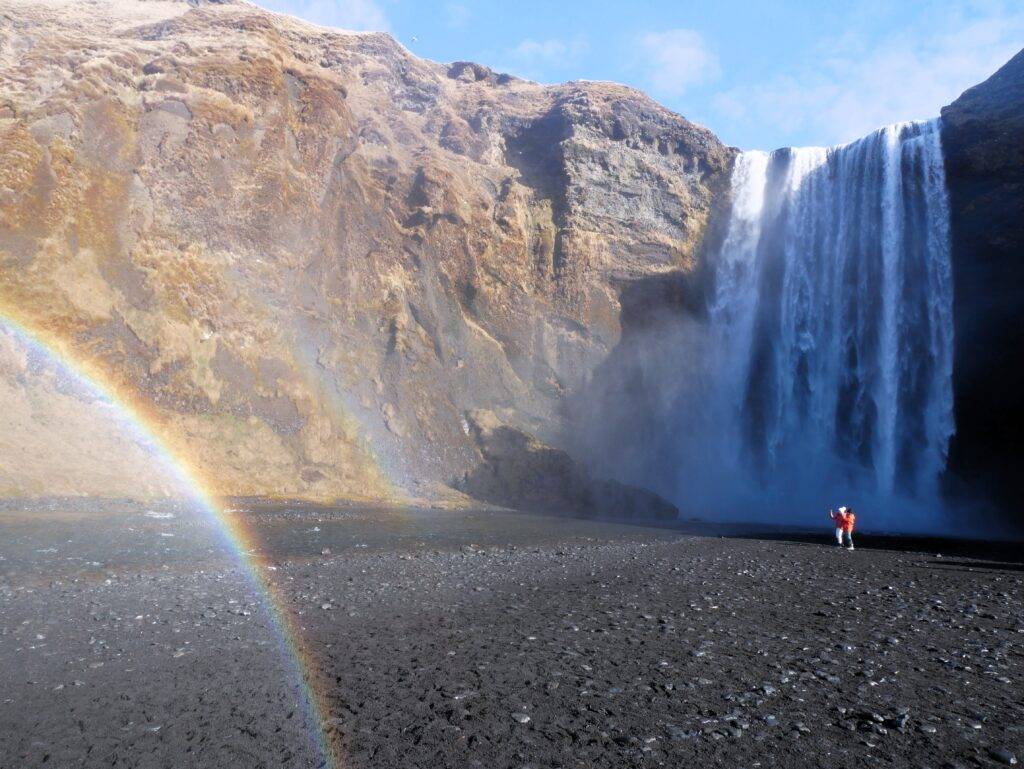
You read that right—Iceland is mosquito-free! The weather here isn’t conducive to these little pests, so you can enjoy those long summer days in peace! And you don’t have to worry about taking up luggage space with bug spray or other bug-repellent devices.
Our guide did inform us that a type of midge has started popping up around the country. But hopefully, that’s short-lived.
8. It’s Illegal to Step on the Moss
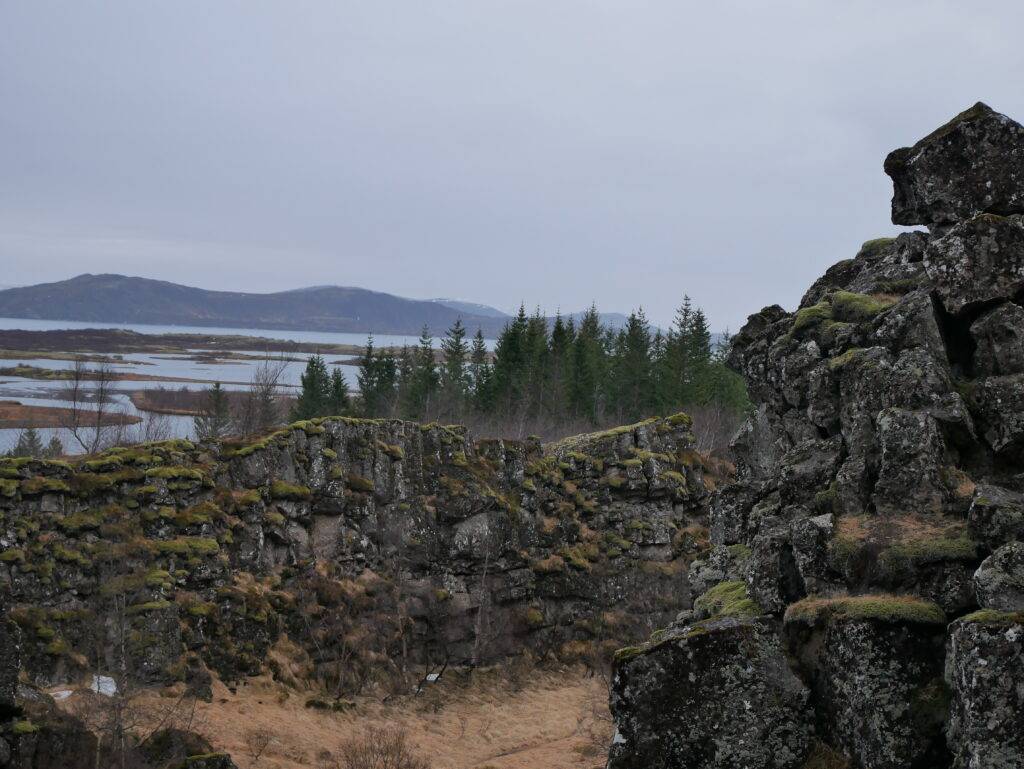
If you plan to hike, please do not forget about this! Although the moss may look lush and inviting, it’s actually incredibly fragile. In many cases, it’s taken thousands of years for it to grow, and touching, pulling, or stepping on it can do a lot of damage.
Our guide informed us that many areas, especially those covered with volcanic rock, can have trouble growing vegetation. Moss is one of the first things to grow in these tough areas, and if they can encourage the moss to grow, over time, they can get other vegetation to grow there as well. But that becomes very hard when tourists destroy that base layer of moss through negligence.
So, please, be respectful of Iceland’s beautiful landscape, and watch your step!
9. Most Icelanders Speak English
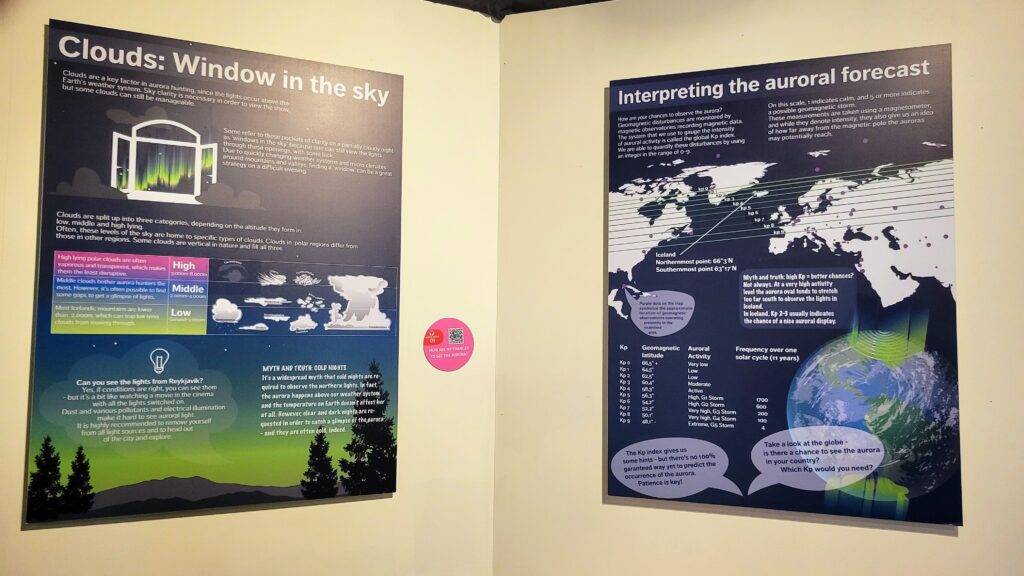
While I always like to learn a few helpful phrases before visiting a new country, I was very happy to learn that most Icelanders speak English! Because tourism is such a big industry, most native Icelanders know at least enough “trade” English to interact with visitors.
That was a huge relief to me because Icelandic is rather notoriously hard to learn. Our guide, Arni, tried to teach use a few names and phrases during our trip, but I think we all got failing grades. Whoops!
Now, not all of our interactions were “smooth,” but I don’t think we ever had to walk away and ask someone else to interpret for us. In some cases, the person we were speaking with would take the time to tell us the correct pronunciation of a menu item, too, which I really appreciated. And no one made us feel bad for not knowing the language. Overall, this made the whole country feel far more accessible.
To make things even easier, some big attractions, such as the Northern Lights Museum, have their written materials in English and offer English audio guides. The Lava Show was also entirely in English, so we didn’t miss a thing.
10. Hotels Are a Bit Different
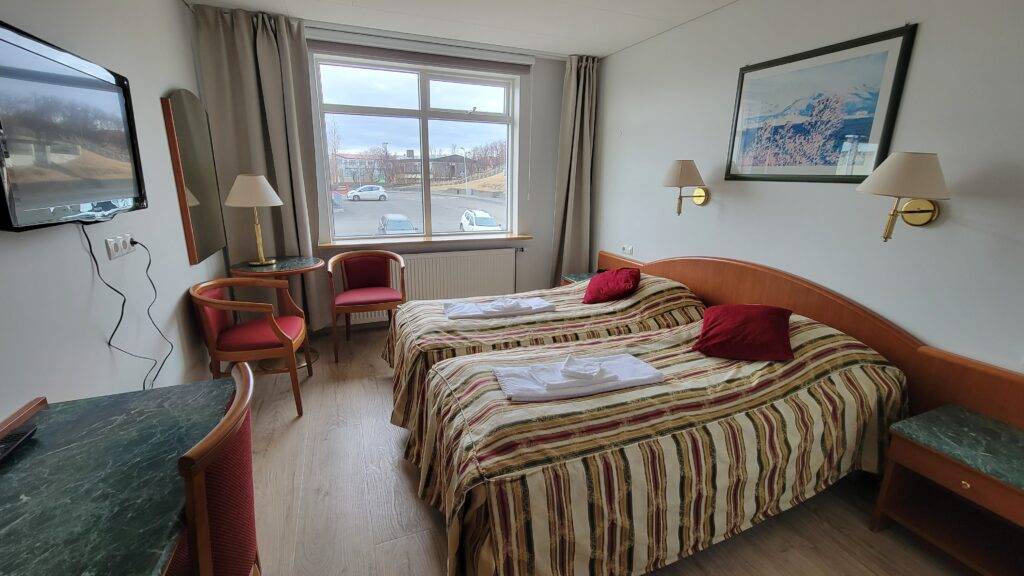
We stayed at three different hotels in Iceland, and I honestly didn’t know what to expect at any given one.
Now, we’ve stayed in European hotels before, so I wasn’t surprised that our “double” bed was just two twins pushed next to each other or that the rooms were smaller than what you’d typically see in America. But there were a couple of other things that really threw me off about our stays, particularly since they were all supposed to be 3+ stars.
For example, the lobbies in our hotels were very fancy (more like a 4-5-star hotel), but the rooms were fairly bare or outdated. Our first room even had a huge empty space, like they had forgotten to add the rest of the furniture! It also really threw me off that they pushed our beds together but gave us separate bedding. We also never had a bed sheet–each bed just had a fitted sheet and a duvet.
The bathrooms in 2 of the hotels were also noticeably small. One bathroom had a corner shower with foldable walls that you pulled out whenever it was time to shower! They also didn’t provide as many toiletries as most hotels do these days. One hotel had small shampoo and conditioner bottles in the shower and the other two only provided shower gel.
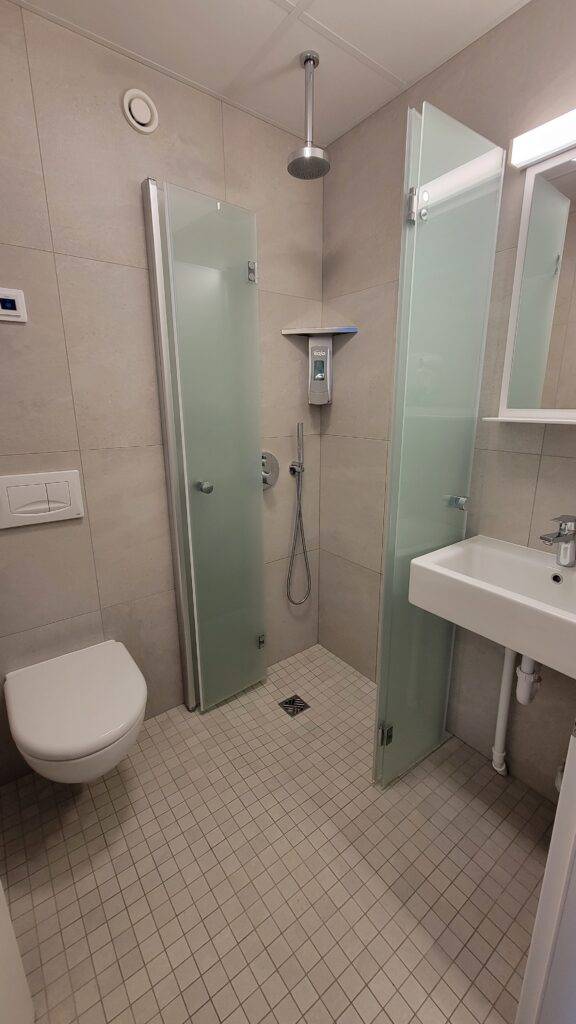
However, the breakfasts were phenomenal! I loved the huge spreads each hotel put out in the morning: fresh pastries, sliced meats and cheeses, fruits, Icelandic butter, sausages, eggs, skyr, and even fish!
11. The Best Stuff is Outside Reykjavik
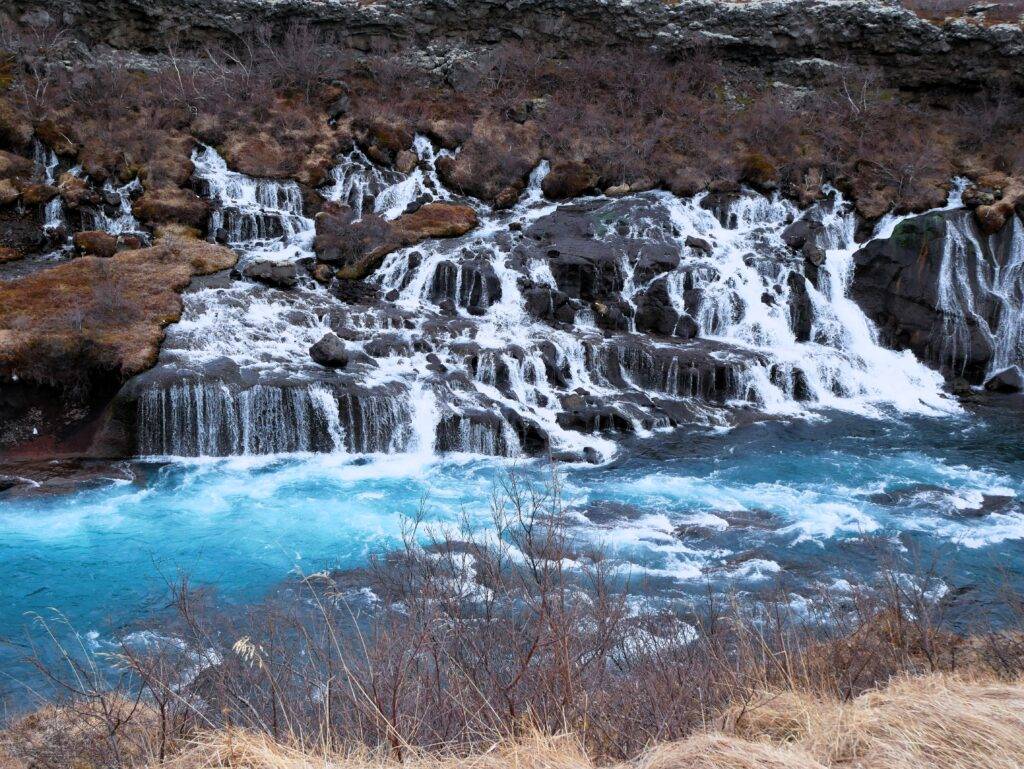
Don’t get me wrong–we had an absolute blast exploring Reykjavik. It’s a beautiful town, and we felt so safe walking around pretty much anytime. But to really experience Iceland and understand why it’s so magical, you have to leave the city and get into the country.
There are tons of different day trips you can take from Reykjavik. But to maximize your time, I suggest booking hotels in different places around the country that give you easy access to the best things in the area. At a bare minimum, you should explore the Golden Circle and South Coast, but the Snæfellnes Peninsula has tons of beauty, too! And that’s just on the east side of the island! There’s far more to discover on the west side, and you can reach it in just 9 hours of driving (or do a full loop in 17 hours!)
On that note, many of the most amazing things are free! You’ll rack up quite a few charges doing tourist stuff in Reykjavik, but the waterfalls, beaches, and road trip views are all free of charge.
Closing Thoughts on Visiting Iceland
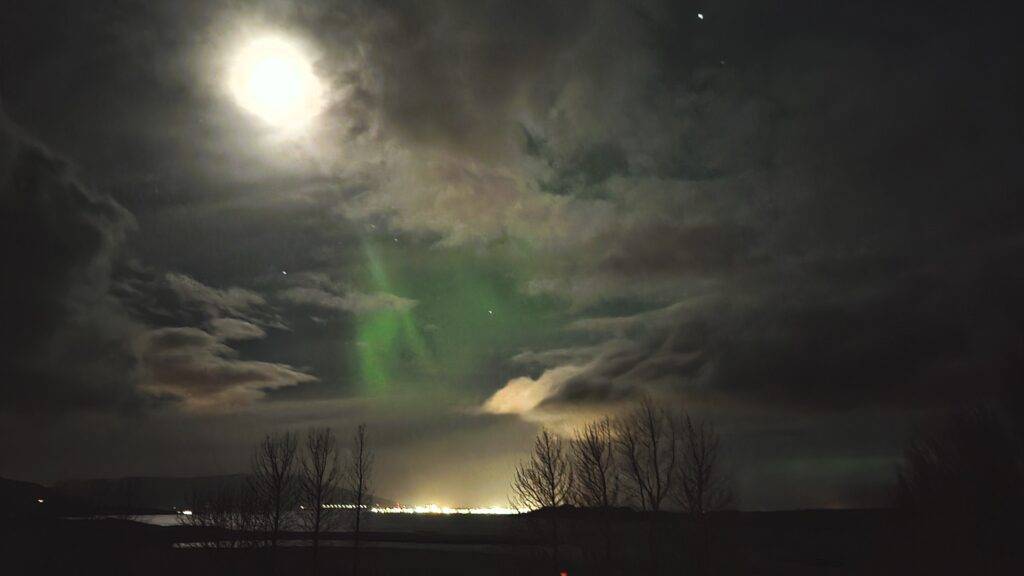
If you have the chance to visit Iceland, go. Without hesitation, I recommend it to pretty much anyone. Our tour group included people of a wide age range, from young adults to retirees. While some of the hikes were a bit harder for the older folks in our group, everyone was still able to tag along, at least on a surface level, and see all of the beauty.
And yes, it can get quite expensive; there’s no getting around that. But there are some ways to cut a few costs, like a recyclable water bottle, getting your food from a grocery or convenience store, and collecting memories rather than souvenirs.
I hope that these 11 tips were helpful and that they give you a better idea of what to expect and how to prepare for this magical place! Be sure to stay tuned in the weeks ahead for more helpful information, including itineraries, gear recommendations, preparation guides, and more.
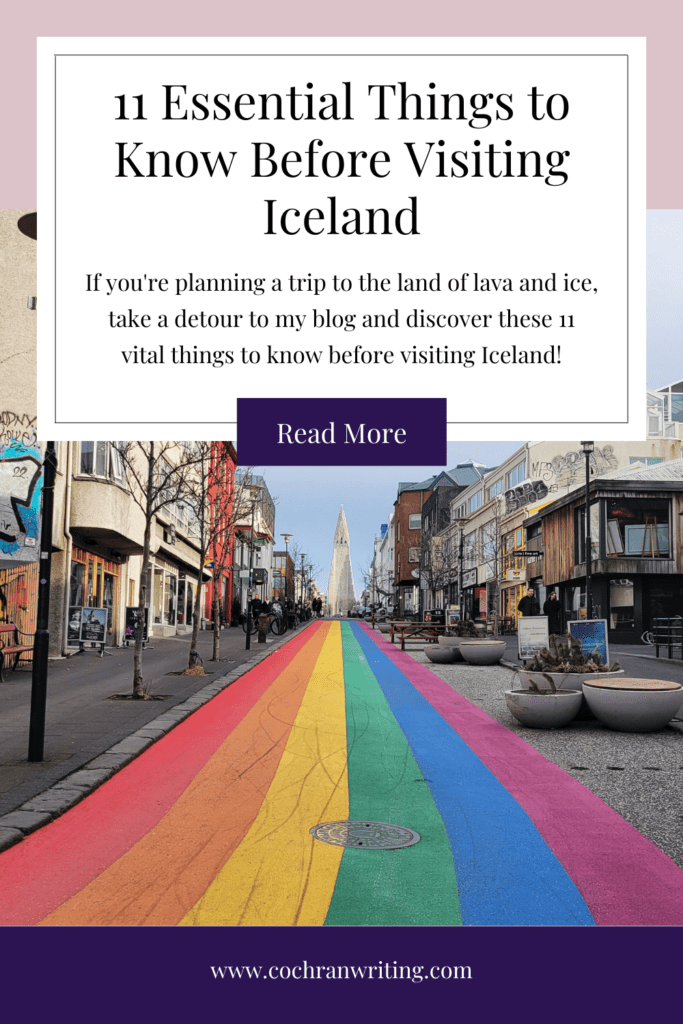
To ensure you don’t miss a thing, sign up for the blog newsletter and receive the newest posts straight to your inbox! You can also follow along on my social media channels for more quick tips and information throughout the week.
Sign Up for Updates from Carried Away Travels
As always, thanks so much for stopping by, and I hope you’ll be back here soon to continue the adventure! In the meantime, happy travels!
Ready for More? Check Out These Recent Posts!
- How to Spend 3 Days in Dublin & Northern Ireland

- 11 Essential Things to Know Before Visiting Iceland

- My Top 12 Travel Tools For Saving Time & Money

- Dublin Exploration Hack: Big Bus Tours

- The Best 5-Day Colorado Itinerary

- How to Maximize Your Next Workcation: Top Tips

Make Vacation Planning Easier
Download my Vacation Planner or Travel Blogger’s Planner today!
